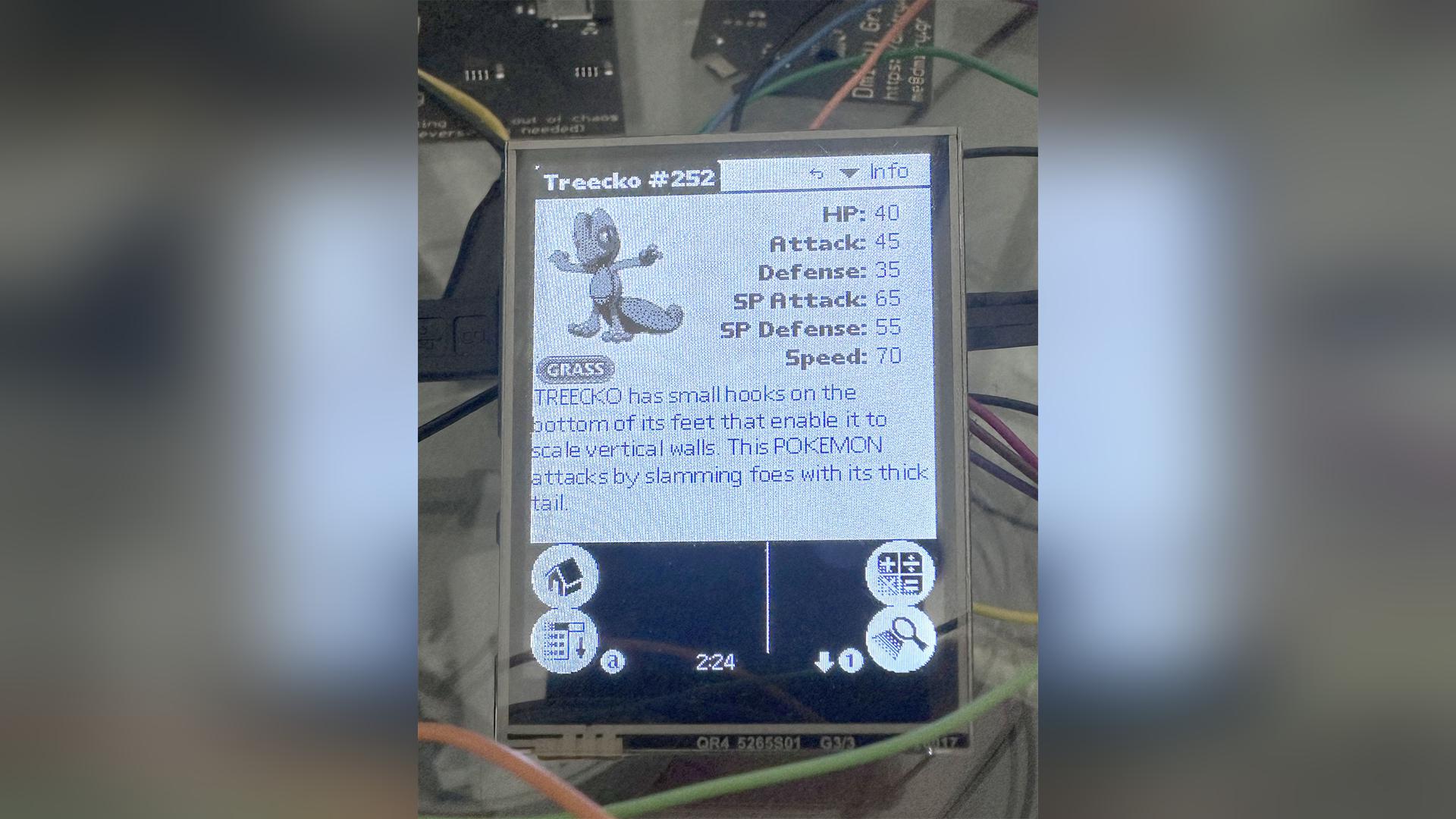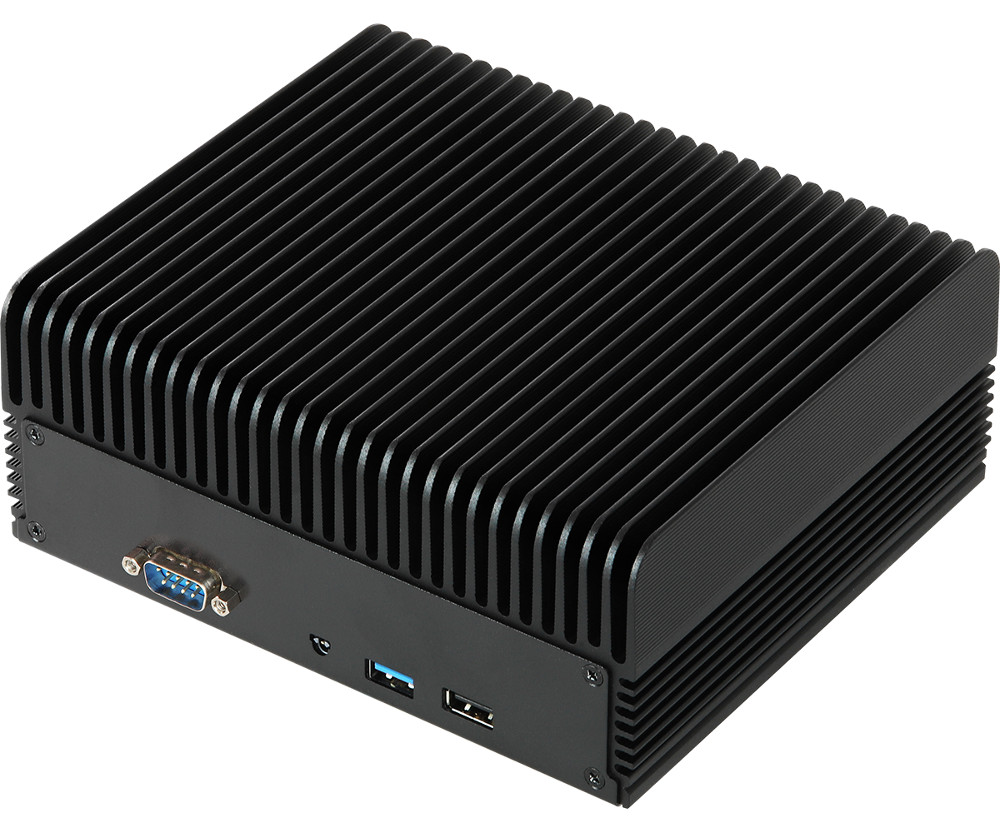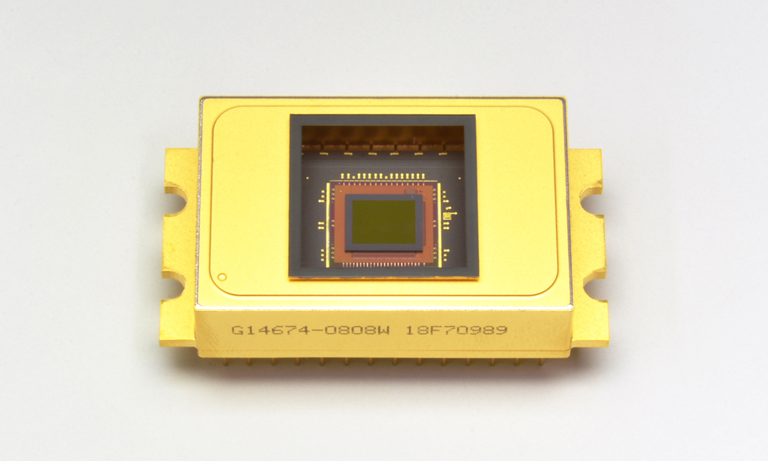Silicon Photonic SWED Technology Offers Cheaper, High Resolution Ultrasound Dectector
A group of researchers at the Helmholtz Zentrum München and the Technical University of Munich (TUM) have developed an ultrasound detector, based on silicon photonics and measuring a hundredth the width of a human hair. They claim it is the world’s smallest ultrasound detector. Rami Shnaiderman, developer of the SWED device says:
“This is the first time that a detector smaller than the size of a blood cell is used to detect ultrasound using the silicon photonics technology.” He continues “If a piezoelectric detector was miniaturized to the scale of SWED, it would be 100 million times less sensitive.” Its miniaturized photonic circuits which are undetectable to the human eye are assembled on top of a silicon chip. This has enabled the research team to develop the ultrasound detector.
The SWED works by monitoring the changing intensity of light as it passes through the photonic circuits that consist of the silicon chip, as opposed to recording voltages output by piezoelectric crystals, as with a conventional ultrasound detector. Ultrasound detection technology has always relied on piezoelectric detectors, which works by converting ultrasound wave pressure into electric voltage. The imaging resolution derived with the ultrasound depends on the size of the piezoelectric detector being used. When you reduce its size, it increases resolution, enabling smaller, densely packed 1D or 2D ultrasound arrays. The achieved arrays improve the chances of effectively discriminating features in imaged tissue and/or material. Decreasing the piezoelectric detector size, however, significantly impairs sensitivity, making the detectors unusable for practical application.
![]()
Talking about the edge SWED has over piezoelectric, Rami Shnaderman says:
“If a piezoelectric detector were to be miniaturized to the scale of SWED, it would be 100 million times less sensitive.”
This is because its size corresponds to an area that is over 10,000× smaller than the smallest piezoelectric detectors used in clinical imaging applications. Also, SWED is up to 200× smaller than the ultrasound wavelength employed in those clinical applications (a factor that allows it to visualize features less than 1 µm, or superresolution image).
Originally developed to propel optoacoustic imaging performance, the researchers however say there will be broader sensing and imaging applications of the SWED in the future. The SWED is principally aimed at clinical diagnostics and basic biomedical research, and also those in industry settings. Regarding the progress and refinement of the SWED, Shnaiderman says
“We will continue to optimize every parameter of this technology — the sensitivity, the integration of SWED in large arrays, and its implementation in hand-held devices and endoscopes.”
The researchers claim that a SWED can be manufactured at a tiny fraction of the cost of a piezoelectric detector. The team published an earlier paper on SWED technology and can be found here. You can find the research work here.
















